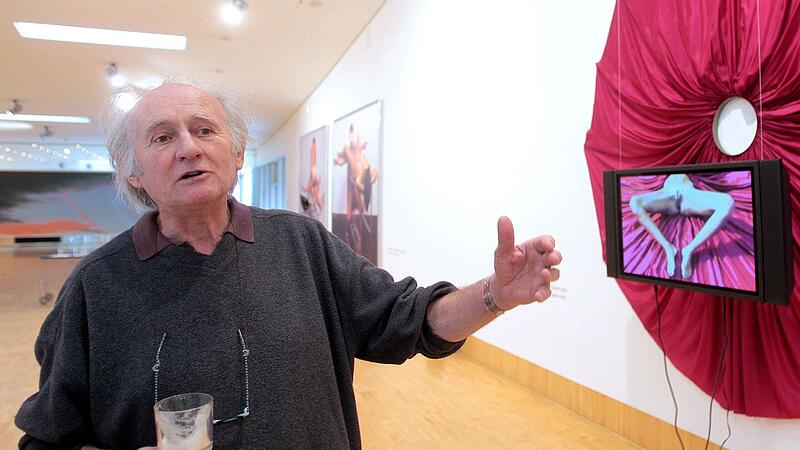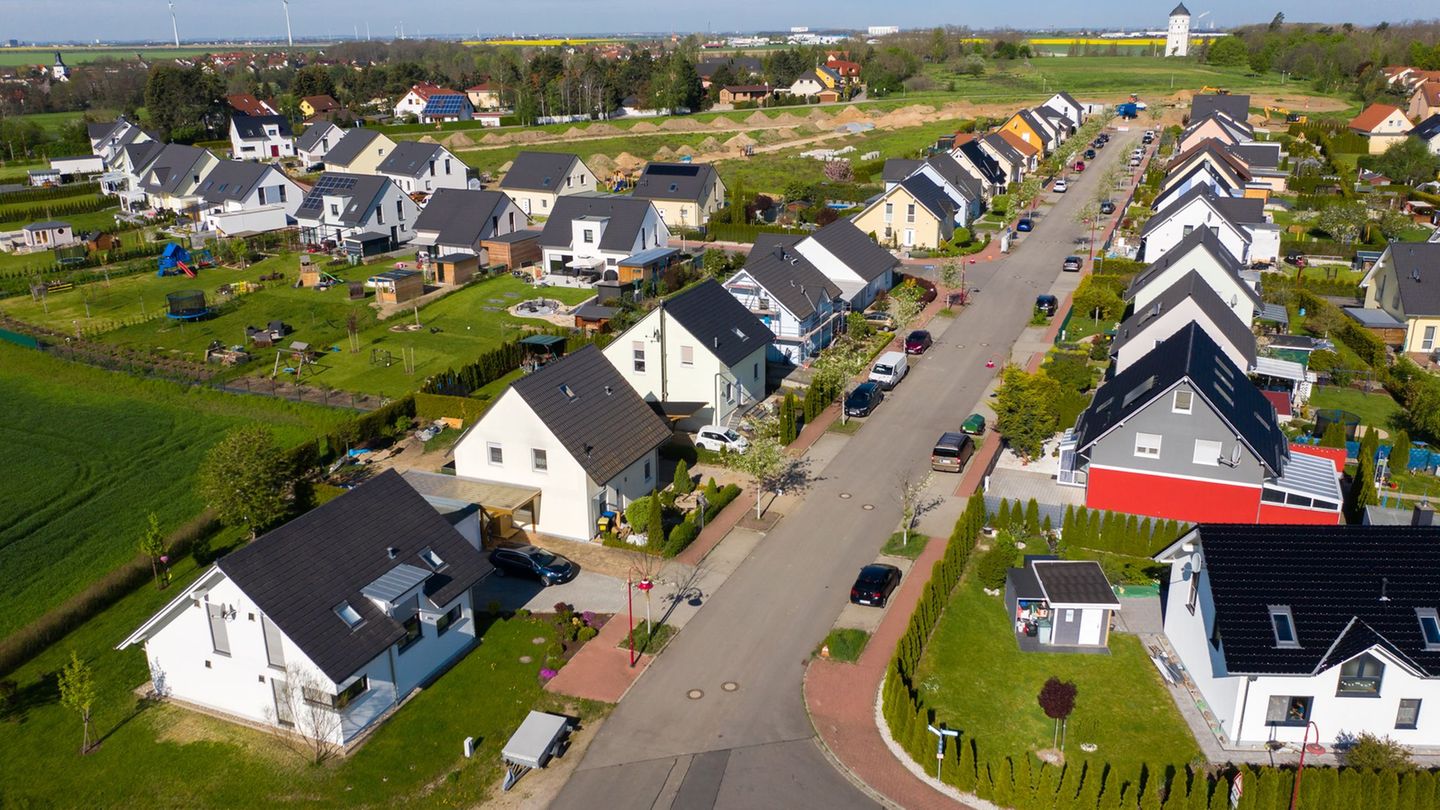Rubbing against social taboos and working with them was part of Kolig’s everyday artistic life for a long time. The gentle, versatile and undeterred artist was thus repeatedly at the center of vehement debates. “We will bury him with the family in paradise,” his wife Doris confirmed to the “Kleine Zeitung”.
Kolig, who was born on September 7, 1942, described his 6,000 square meter building complex in the Gailtaler Vorderberg as “paradise”, in which he worked until the end. The grandson of the late Expressionist painter Anton Kolig (1886-1950) never let himself be diverted from his artistic path. Neither from hostilities in the tabloids and politicians, who defamed Kolig as a “faecal artist”, nor from the forces of nature that almost destroyed his “paradise” in 2003 during a storm and mudslide.
The sequence of halls and courtyards, towers and niches served as a meeting place for lush nature with idiosyncratic architecture and distinctive objects and installations. The buildings are called Pantheon, Sixtina and Dolina, cowshed and pigsty, right and left kidney and – as the most recent addition – concert hall. A total work of art that was Kolig’s archive, living and exhibition space. And now final resting place.
However, Kolig did not learn his craft in Carinthia, but in Vienna, specifically with Josef Dobrowsky and Max Weiler at the Academy of Fine Arts. After initial experiments with plastics and X-rays, the Kolig cosmos soon revolved around the themes of sexuality, death and human excretions. Fecal casts and urine images can be found in the oeuvre as well as copulation devices and a cohort of penises, breasts and vulvas.
Kolig usually responded to critics with calm sentences like: “If what has to do with the abdomen is raised in the art space, a conflict arises.” Or: “Everyone has something to do with these things. But the moment it becomes public, it becomes explosive.”
Kolig had his most violent confrontation with politics from 1998, when he was commissioned by the state of Carinthia to redesign the Kolig Hall in the Carinthian country house. There the Nazis had removed his grandfather’s frescoes after they came to power. The grandson took the old frescoes, of which there are photos, as a template and created his own pictures from them, which he supplemented with installations. “Kronen Zeitung” and Jörg Haider’s FPÖ raged against the artist. The then governor Christof Zernatto (ÖVP) stuck to Kolig and the project.
In 2006, Kolig was even nominated by the liberal cultural advisor for the culture prize of the state of Carinthia. He accepted the prize – but constructed a gripping tongs apparatus with which he appeared at the award ceremony so as not to have to accept the honor from Haider’s hand.
With exhibitions in the Essl Museum in Klosterneuburg in 2009 and in the 21er Haus in Vienna in 2016, the artist, who in 1975 with Hans Staudacher and Gotthard Muhr Austria at the XIII. Biennale of São Paulo, also recognized in museums outside of Carinthia. And yet the Carinthian Gailtal remained his eternal, also artistic home.
After the news of his death became known, State Secretary for Culture Andrea Mayer (Green Party) paid her respects to the deceased: “Cornelius Kolig’s position in Austrian art history is solitary. […] He stood his ground in the face of misunderstanding and resistance and always reaffirmed his deep connection to his home country. […] His death leaves a void in the art world.”
Source: Nachrichten




